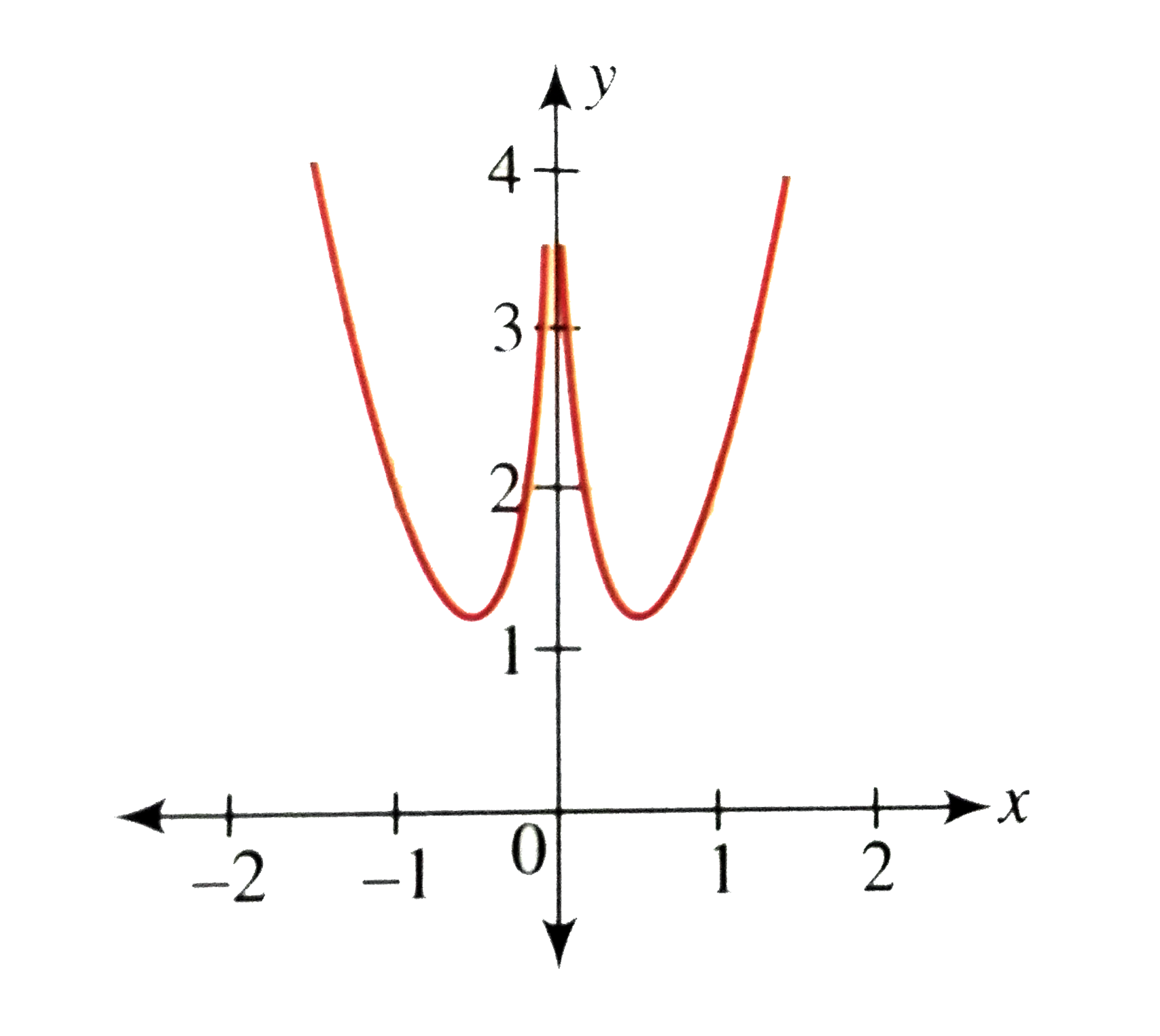Draw the graph of f(x)=ln(1−ln x). Find the point of inflection. Solution in Bengali
f(x)=ln(1−ln x)
f(x) is defined if 1−ln x>0
or ln x<1
or 0<x<e
So the domain is (0,e).
Also, f′(x)=−1(1−ln x).1x<0
So f(x) is continous and decreasing ∀x∈(0,e).
Further limx→0+ln (1− ln x)=ln (1+∞)=∞
limx→e−ln (1−lnx)=ln (1−1−)=ln 0+=−∞
For the point of inflection, f''(x)=−ln xx2(1−ln x)2
Clearly, f''(1)=0, so x=1 is a point of inflection.
From the above discussion, the graph of y=f(x) is as shown in the following figure.

From the graph, y=0 and y=e are asymptotoes.
Topper's Solved these Questions
Similar Questions
Find the derivative of y=sin2x−cosx
01:55View SolutionLet →a and →b be two vectors of equal magnitude 5 units. Let →p,→q be vectors such that →p=→a−→b and →q=→a+→b. If |→p×→q|=2{λ−(→a.→b)2}12, then value of λ is
01:43View SolutionLet f be a non-negative function defined on the interval [0,1]. If ∫x0√1−(f′(t))2dt=∫x0f(t)dt,0≤x≤1,and f(0)=0, then
01:02View SolutionDraw the graph of the function: f(x)=log|x|
View SolutionDraw the graph for y=|logx|
View SolutionDraw the graph of f(x)=sgn(logex).
03:24View SolutionDraw the graph of y=sin−1(logex). Also find the point of inflection.
01:54View SolutionDraw the graph of f(x)=ln(1−ln x). Find the point of inflection.
02:48View SolutionDraw the graph of f(x)=ex1+ex. Also find the point of inflection.
08:32View SolutionDraw the graph of the function: f(x)=log|x|
08:09View SolutionDraw the graph of f(x)=sgn(logex).
03:03View SolutionDraw the graph of y=sin−1(logex). Also find the point of inflection.
02:22View SolutionDraw the graph of f(x)=ln(1−ln x). Find the point of inflection.
01:07View SolutionDraw the graph of f(x)=ex1+ex. Also find the point of inflection.
06:12View SolutionDraw the graph of the function: f(x)=log|x|
03:37View SolutionDraw the graph of f(x) = "sgn"(log _(e) x) .
03:32View Solution

